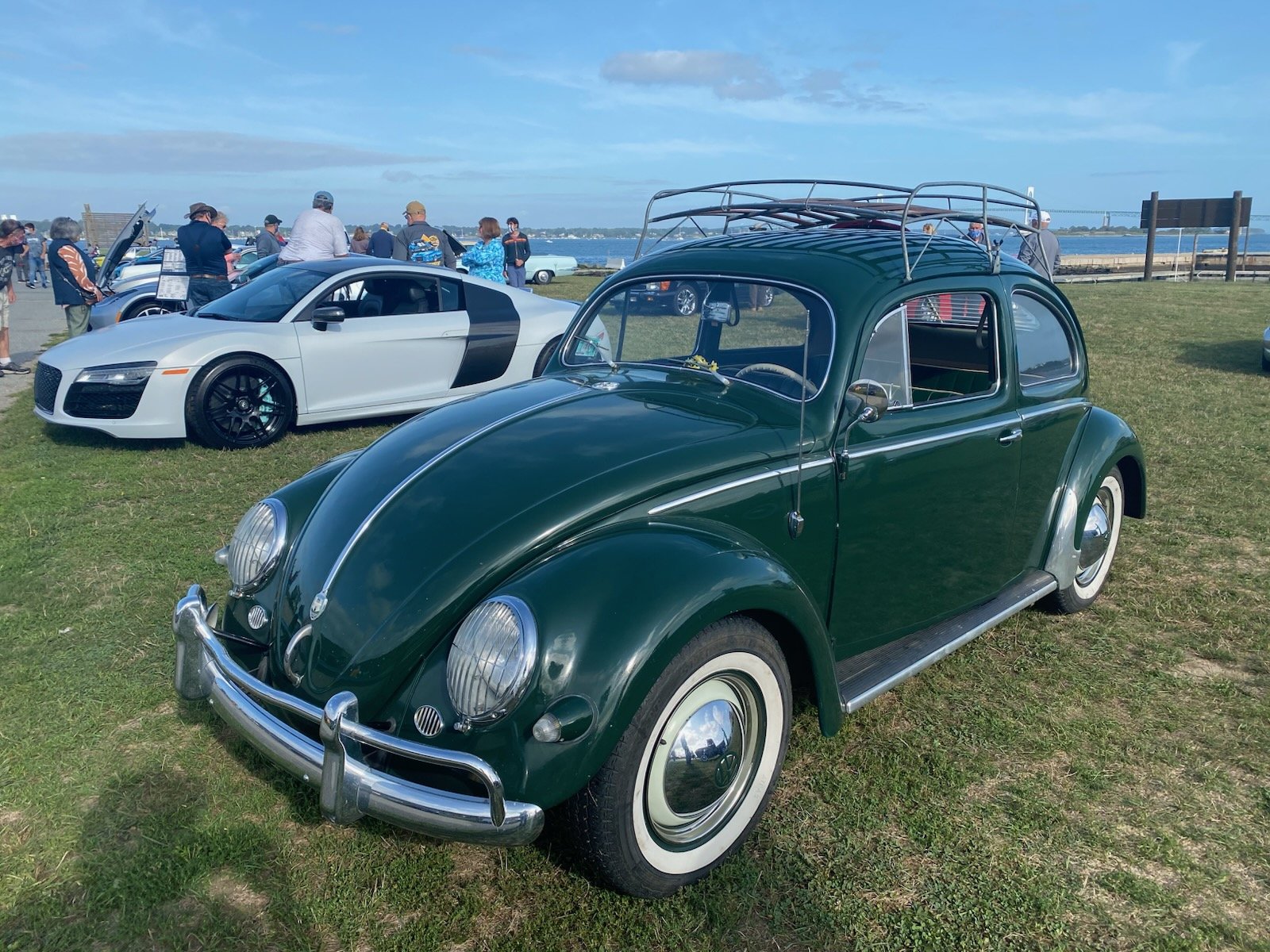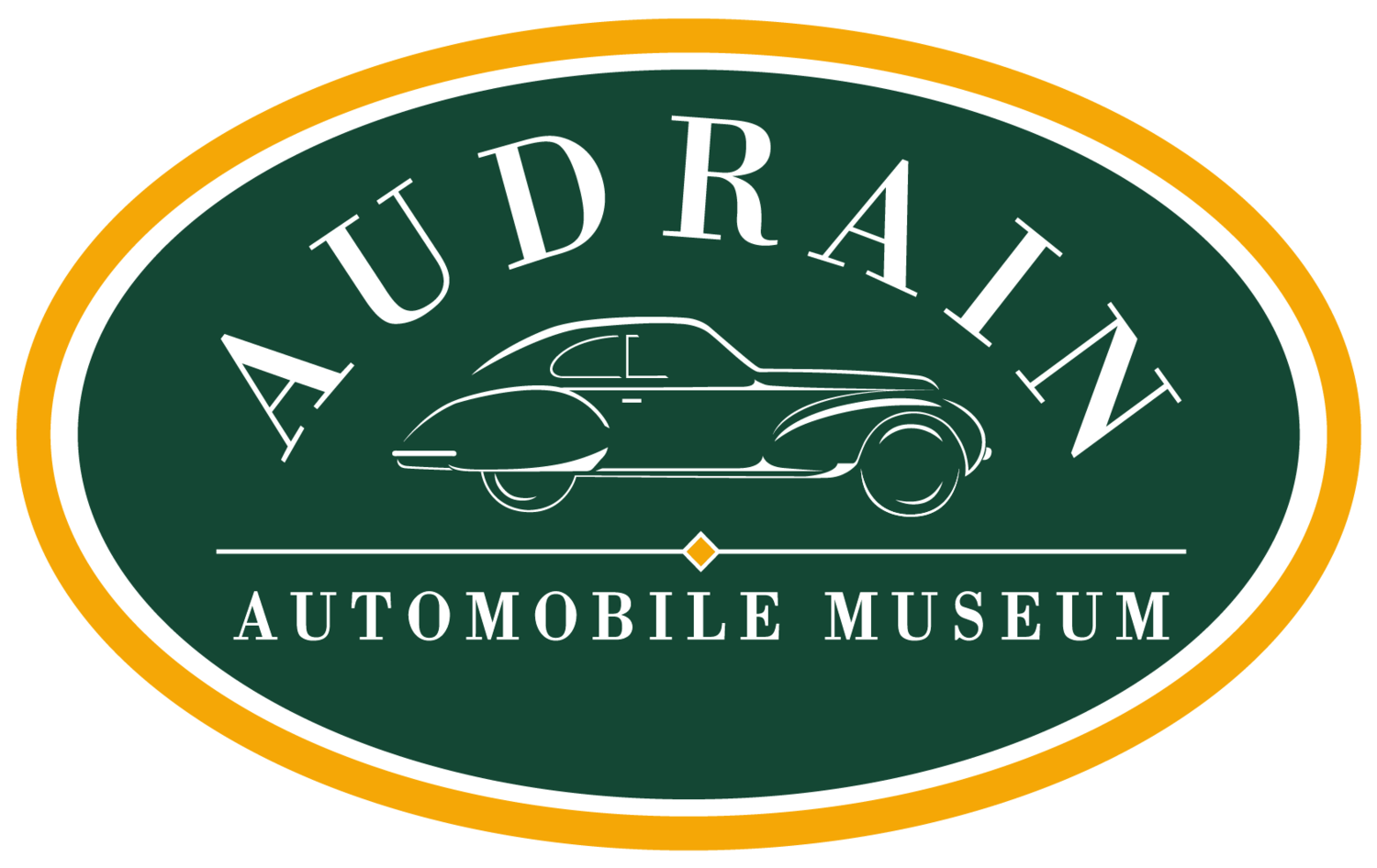1956 Volkswagen Beetle
Generously Lent by Benjamin Taradash



Beetle introduced in 1938, by 1956 over 1 million had been sold, with 21,529,464 examples built through 2003
Air-cooled boxer engine allowed for easy repairs
Classic Jungle Green L315 body paint
The Volkswagen Type 1, or Beetle, is arguably one of the most iconic automobiles of the last century. It is instantly recognizable due to minimal changes in its general design between model years and its long production history. However, each model year brought subtle improvements, such as increased engine displacement. This 1956 model features a 1.2L air-cooled 4-cylinder boxer engine. In engines with horizontally opposed cylinders, also known as boxer engines, each cylinder includes a cooling fin that dissipates heat by exposing a larger surface area of the engine to surrounding air.
Though air-cooled engines are generally easier to repair than water-cooled, their broader temperature variations can cause higher emissions. Air cooling also eliminates the need for a radiator, creating precious cabin room in the diminutive Beetle. Volkswagen produced air-cooled engines in Beetles until 2003 for the Mexican market, far longer than most other passenger car manufacturers.
Following the end of World War II, Volkswagen produced cars for the British Army, and production figures were greatly improved by the end of 1948 with new management. Beetles were viewed in the American market as light economy cars, opposing the large, heavy ‘land yachts’ common of American manufacturers. Perceived advantages of the small, light Beetle were ease of parking, agility in traffic, and low fuel costs. Though its lack of power and space were certainly noted, the Beetle’s reliability, efficiency, and ease of repair allowed it to outsell many American-made models.
Volkswagen further popularized the Beetle with a series of clever advertising campaigns in the 1950’s and 60’s, cementing its “nostalgia factor” in future years. These attention-grabbing ads hammered home the efficiency, reliability, and space-saving measures of Volkswagens over any other make. This pairing of the Beetle’s mass-produced simple design and reliable air-cooled engine has provided utilitarian transport for millions of families over the last near-century and was instrumental in mobilizing postwar Europe.
Growing counterculture associations with the model and ease of work on the simple air-cooled engine led Beetles to become prime targets of hot rodders by the 1960’s, when many older models could be found in scrapyards. Meyers Manx was one company who manufactured dune buggy kits for the consumer to easily transform their VW Beetles into offroad vehicles for beach or desert use. Beetles were utilitarian in their simple and relatively unchanging design, but were massively customizable, as evidenced by a long history of dune buggy and other conversions.
Specifications:
Configuration: Rear-engine, rear wheel drive
Engine: 1.2L opposed 4-cylinder
Horsepower: 1192cc, 34-36 HP
Transmission: 4-speed manual
Brakes: 4-wheel drum brakes

